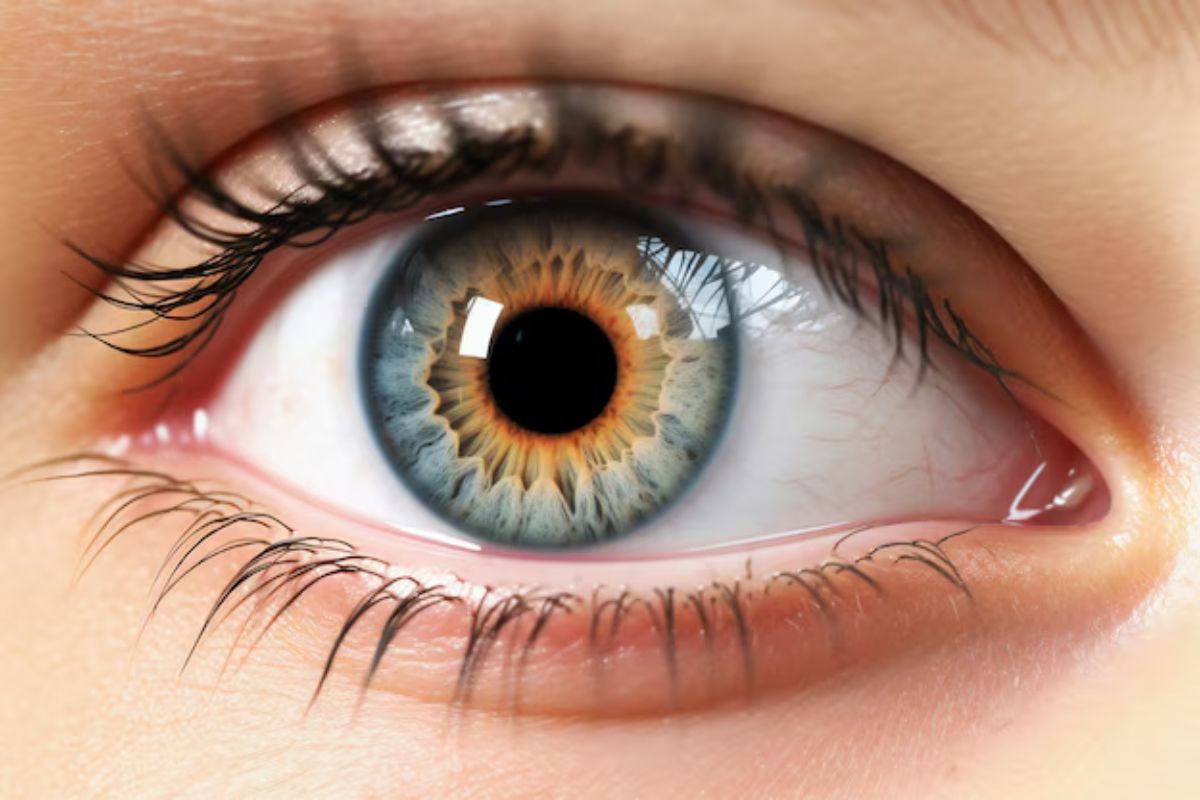Role of Pupil evaluation in Emergency Medicine
Evaluating a patient’s condition in emergency medicine requires both speed and accuracy. Pupil evaluation is a crucial part of the neuro exam, given the wide range of tools and techniques available. Pupil examination provides vital neurological information and can be the first sign of urgent medical issues.
What is Pupil evaluation?
Evaluating the pupils involves assessing their shape, size, reactivity, and symmetry. The central nervous system can be assessed for potential issues using this process. During a pupil evaluation, medical professionals employ a penlight to examine how pupils react to light. The typical response is for both pupils to become smaller when exposed to light and expand in darkness. When there is any deviation from this standard response, it may suggest neurological issues.
What are the Aspects of Pupil evaluation
1. Symmetry and Size
It is important that the size of the pupils is identical. Anisocoria, a notable difference, may indicate issues like increased intracranial pressure, nerve damage, or neurological disorders.
2. Shape of the Pupil
The shape of pupils should be circular. If a pupil is irregularly shaped, it may be a sign of trauma or a congenital anomaly.
3. Pupil’s Reactivity to Light
When exposed to light, both pupils should constrict promptly and evenly. An unresponsive or slow pupil could be a sign of damage to the optic nerve, brainstem, or other areas of the central nervous system.
What is Neurological Pupil Index or NPi
The Neurological Pupil Index (NPi) is a sophisticated metric used for evaluating pupils. Healthcare providers can objectively assess pupil reactivity using NPi, offering a more quantifiable measure compared to traditional methods. NPi utilizes specialized neurological tools, including automated pupillometers, to generate a score based on the pupil’s response to light stimuli.
Pupil evaluation in Emergency Settings
1. Detection of Intracranial Pressure
Pupil size and reactivity changes can signal the presence of increased intracranial pressure, a critical condition linked to head trauma, stroke, or brain tumors. The ability to detect quickly enables timely interventions, minimizing the risk of permanent damage or death.
2. Assessment of Brainstem Function
Many important functions, such as the pupillary light reflex, are governed by the brainstem. Analyzing the pupils can yield insights into the integrity of the brainstem, which is vital for diagnosing and managing conditions like brainstem strokes or herniations.
3. Identifying Drug Intoxication
Opioids induce pinpoint pupils, while dilated pupils are a characteristic of stimulant overdose. Evaluating pupils helps diagnose and handle drug-related emergencies.
4. Monitoring Neurological Status
Continuous pupil evaluation is beneficial for monitoring patients with neurological conditions. This assists in detecting changes in their status, facilitating quick responses to any decline.
Summary
Pupil evaluation in emergency medicine helps assess neurological function and identify potential brain injuries or disorders. Key indicators include pupil size, reaction to light, and symmetry.
Source
https://neuroptics.com/


Leave a Reply
You must be logged in to post a comment.